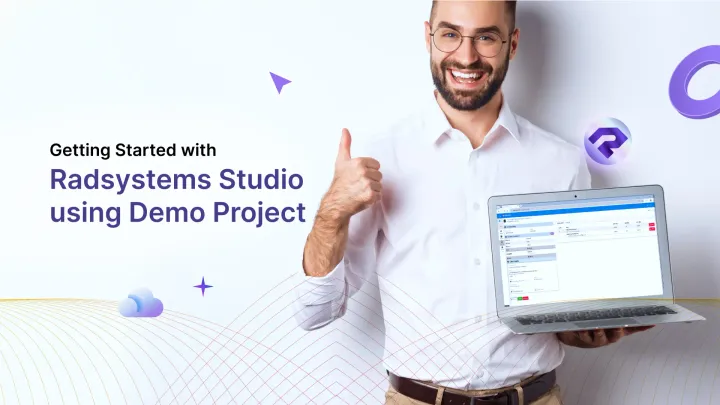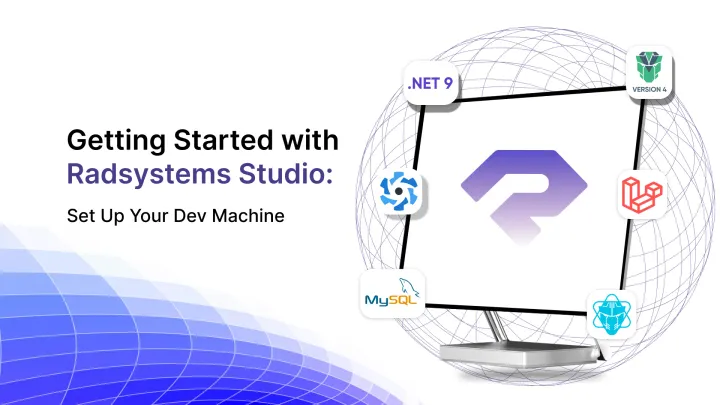Empowering Education with No-Code/Low-Code Tools like Radsystems Studio
No-code/low-code tools like Radsystems Studio is revolutionizing the way coding is taught and learned. Let's explore the impact of no-code/low-code tools on education, highlighting the benefits for both educators and students.
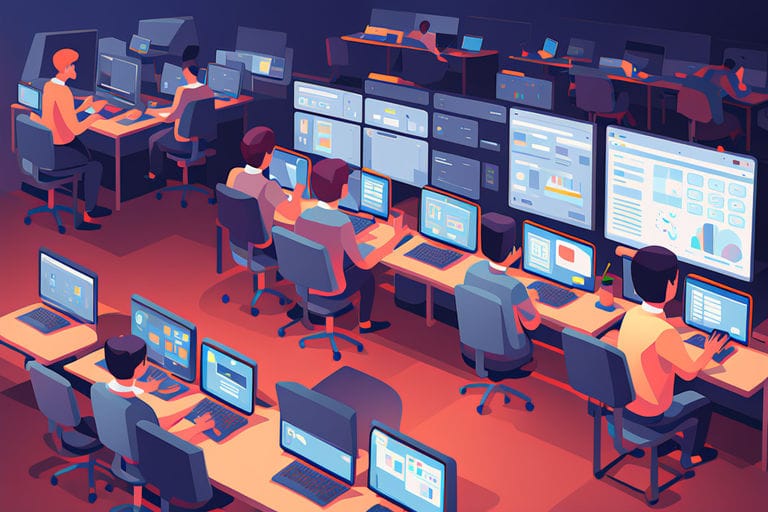
In the ever-evolving landscape of technology, the ability to code is becoming a vital skill. However, traditional coding education can often be daunting for both educators and students due to its complexity. This is where no-code/low-code tools like Radsystems Studio come into play, revolutionizing the way coding is taught and learned. By simplifying the development process, these platforms make programming more accessible and engaging, fostering a new generation of tech-savvy individuals. This blog post will explore the impact of no-code/low-code tools on education, highlighting the benefits for both educators and students, while also addressing common concerns.
Understanding No-Code/Low-Code Platforms
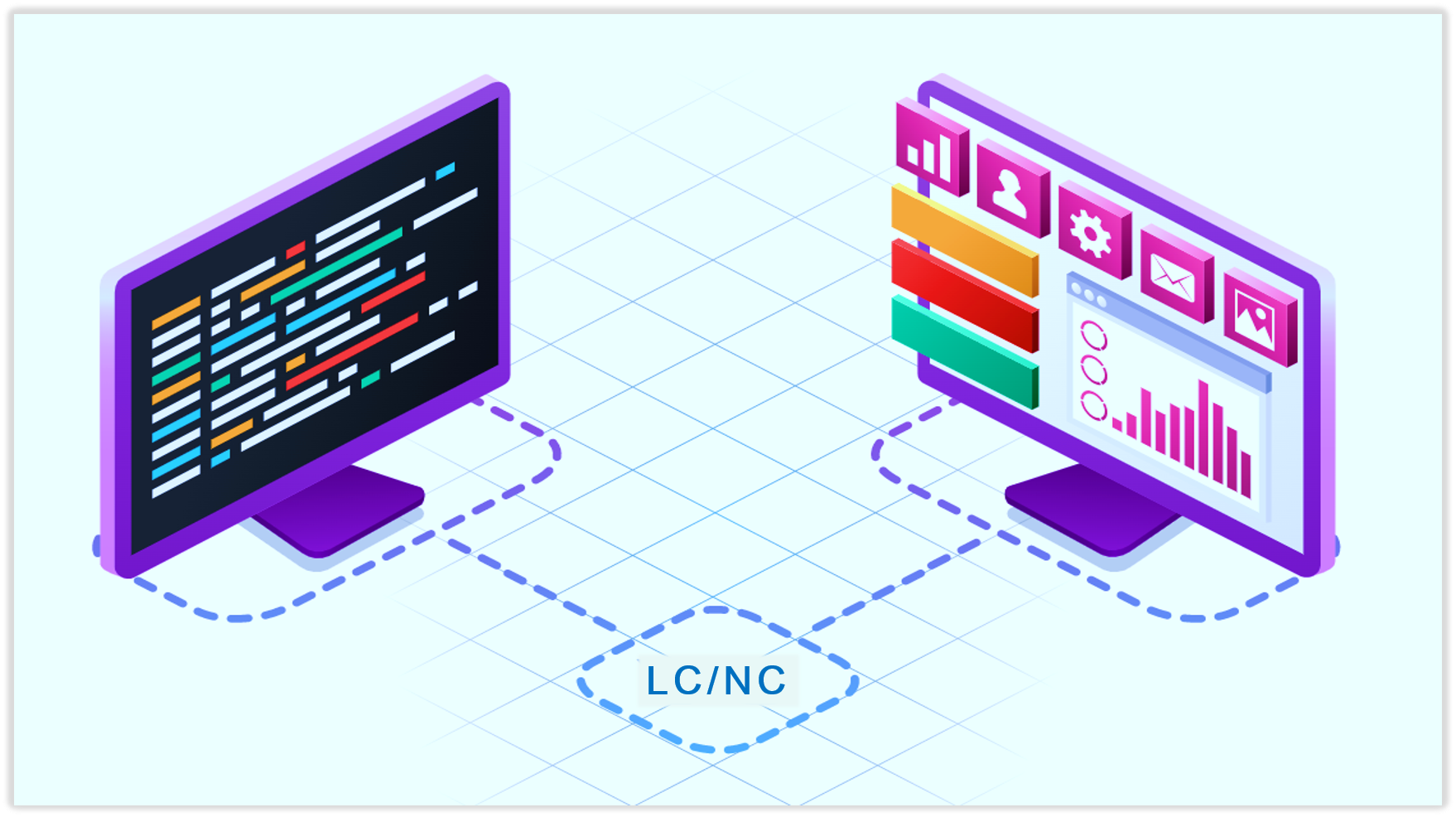
No-code and low-code platforms provide visual development environments that allow users to create applications through graphical interfaces rather than traditional hand-coded programming. While no-code tools require no programming knowledge, low-code platforms like Radsystems Studio offer the flexibility of adding custom code, blending ease of use with the power of customization. These tools accelerate the development process, enabling users to build functional applications quickly and efficiently.
Benefits for Educators
Simplified Teaching Process
One of the most significant challenges in teaching coding is the steep learning curve associated with understanding programming languages and syntax. No-code/low-code platforms simplify this by providing drag-and-drop interfaces and pre-built templates. Educators can focus on teaching core programming concepts without getting bogged down by intricate coding details. For instance, with Radsystems Studio, teachers can demonstrate how different components interact within an application, offering a clear, visual understanding of programming logic.
Enhanced Curriculum Flexibility
Integrating no-code/low-code tools into the curriculum allows educators to diversify their teaching methods. They can incorporate project-based learning, where students can build real-world applications as part of their coursework. This hands-on approach not only reinforces theoretical knowledge but also provides practical experience. Educators can easily adapt lessons to various skill levels, ensuring that all students, from beginners to advanced learners, can benefit from the curriculum.
Immediate Feedback and Assessment
No-code/low-code platforms provide immediate feedback, which is crucial for effective learning. In traditional coding environments, students often have to wait for their code to compile and run before they can see the results, which can be frustrating and time-consuming. With tools like Radsystems Studio, students can see the outcomes of their work in real-time, allowing for quicker corrections and iterative learning. Educators can also use these platforms to create interactive assessments, making it easier to gauge student understanding and provide targeted support.
Benefits for Students
Lowered Entry Barriers
For many students, the prospect of learning to code can be intimidating. The abstract nature of traditional programming languages can be a significant barrier to entry. No-code/low-code tools like Radsystems Studio demystify programming by providing a more intuitive and approachable learning environment. Students can start building applications almost immediately, which boosts their confidence and motivation. By removing the initial complexity, these tools make it easier for students to grasp foundational coding concepts.
Practical Skill Development
In today’s job market, practical skills are highly valued. No-code/low-code platforms enable students to develop these skills early on. By working on projects that result in tangible applications, students gain experience that is directly applicable to real-world scenarios. This not only enhances their resumes but also provides them with a portfolio of work that they can showcase to potential employers. Radsystems Studio, for example, allows students to build web and mobile applications, giving them hands-on experience with tools used in the industry.
Encouragement of Creativity and Innovation
No-code/low-code platforms like Radsystems Studio foster a creative learning environment. Students can experiment with different ideas without the fear of making mistakes that traditional coding might entail. This freedom encourages innovation and problem-solving skills. They can explore various aspects of application development, from design to functionality, and understand how different elements come together to create a cohesive product. This holistic understanding is crucial for nurturing future developers who are not only proficient in coding but also in conceptualizing and designing innovative solutions.
Should Students Be Allowed to Use No-Code/Low-Code Tools?
A common criticism of no-code tools is that they might reduce the hands-on coding experience, turning students into "clicking monkeys" who rely solely on graphical interfaces without understanding the underlying code. While this concern is valid, but only to a small extent, and it can be mitigated through thoughtful integration of no-code/low-code tools into the curriculum.
Complementary Learning Approach
No-code/low-code tools should be viewed as complementary to traditional coding education rather than a replacement. They can serve as an entry point for beginners, helping students grasp basic concepts through visual learning. Once students are comfortable, educators can gradually introduce coding tasks that require them to write and understand actual code. This blended approach ensures that students gain both the practical skills provided by no-code tools and the deep understanding of coding fundamentals.
Emphasizing Problem-Solving and Logic
Even when using no-code tools, students are still engaged in problem-solving and logical thinking. Building an application involves understanding how different components interact, debugging issues, and optimizing functionality—skills that are transferable to traditional coding. Educators can focus on these aspects to ensure students are developing critical thinking skills alongside technical abilities.
Transition to Low-Code
Platforms like Radsystems Studio offer a bridge between no-code and traditional coding through low-code functionalities. Students can start with the visual interface and gradually add custom code to enhance their applications. This transition helps students move from basic to advanced levels of coding, providing a comprehensive learning experience that includes both visual development and hands-on coding.
Case Study: Radsystems Studio in Action
Radsystems Studio exemplifies the potential of no-code/low-code tools in education. It offers a range of features that make it an ideal platform for teaching and learning coding.
User-Friendly Interface
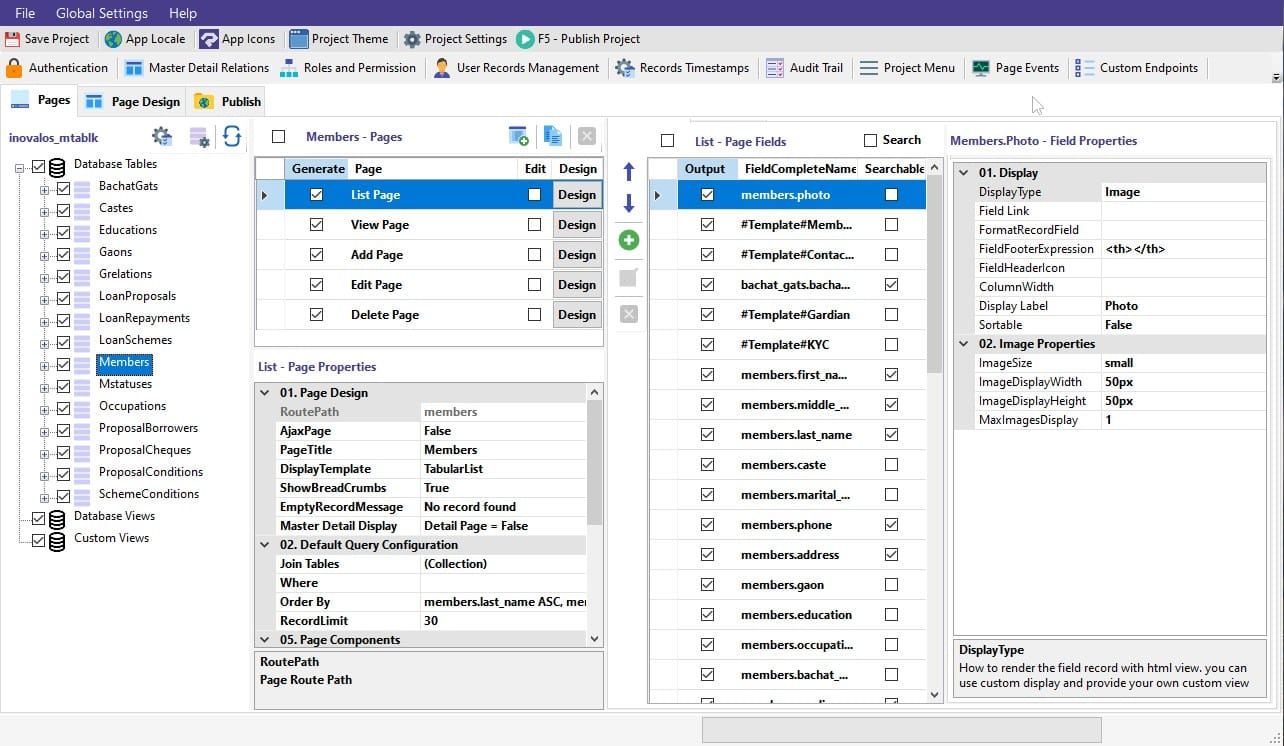
Radsystems Studio provides a user-friendly interface that simplifies the development process. The drag-and-drop functionality allows students to add components to their applications without writing extensive code. This visual approach helps students understand the structure and flow of applications, making it easier to grasp complex programming concepts.
Integration with Traditional Coding
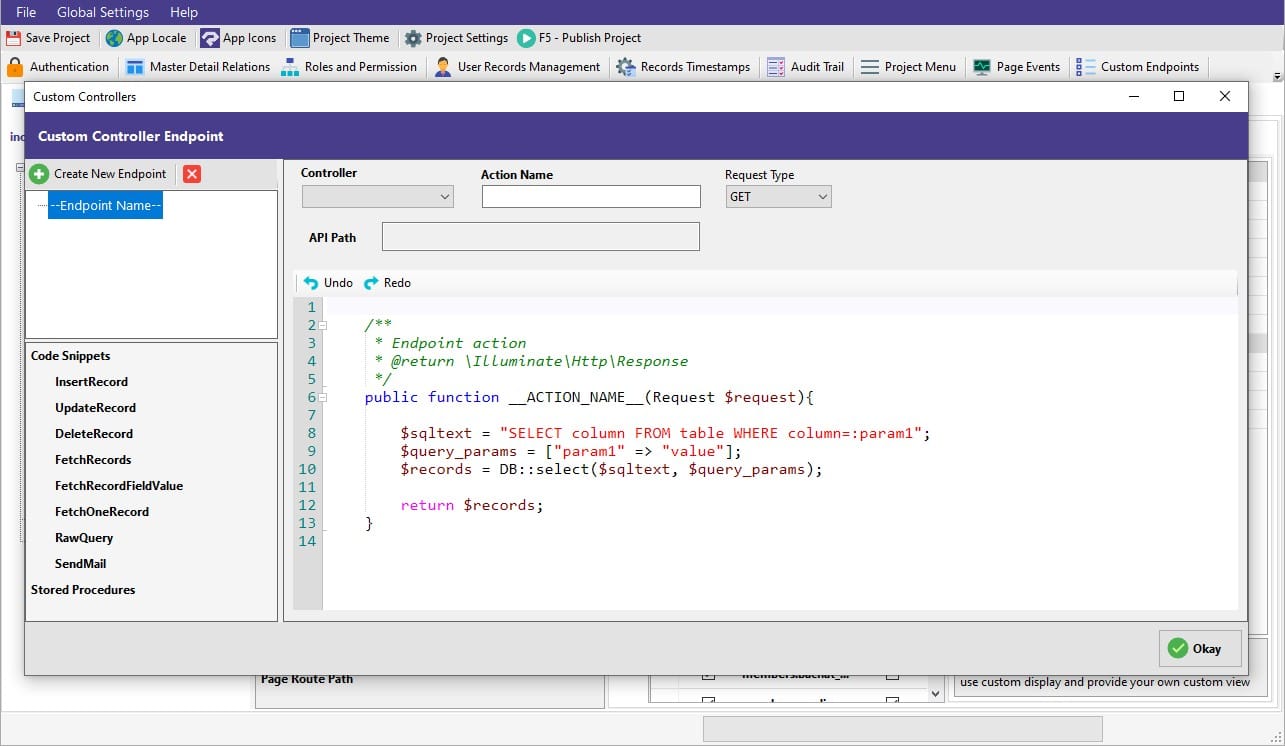
While Radsystems Studio offers a no-code environment, it also supports low-code development by allowing the integration of custom code. This is particularly beneficial for advanced students who want to delve deeper into programming. They can start with the visual tools and gradually transition to writing their own code, providing a smooth learning curve and a comprehensive understanding of application development.
Support for Multiple Frameworks and Databases
Radsystems Studio provides a variety of frameworks to work with, including:
- Frontend Frameworks: PrimeReact, Quasar Vue.js, PrimeVue and Bootstrap.
- Backend Frameworks: PHP Laravel, Node.js Express, Python Flask, and ASP.NET Core.
Additionally, it supports different types of databases, such as:
- SQL Databases: MySQL, PostgreSQL, SQLite, and Microsoft SQL Server.
- NoSQL Databases: MongoDB and Firebase.
This extensive support allows students to gain experience with various technologies that are widely used in the industry.
Real-World Application Development
The platform enables students to develop real-world applications, from simple websites to complex mobile apps. Setting up your first project now need not be a plain "Hello World" program. With Radsystems Studio, you can say Hello to the real world without wasting too much time in setting up the project. This practical experience is invaluable, as it prepares students for the demands of the tech industry. By working on projects that mimic professional development environments, students gain insights into the challenges and rewards of being a developer.
Let's Redefine Learning with Radsystems Studio!
No-code/low-code tools like Radsystems Studio are transforming the educational landscape by making coding more accessible, engaging, and practical. For educators, these platforms offer a simplified teaching process, flexible curriculum options, and efficient assessment methods. For students, they lower the barriers to entry, foster practical skill development, and encourage creativity and innovation.
While there are concerns about the potential reduction in hands-on coding experience, these can be addressed by integrating no-code tools as part of a broader, complementary approach to coding education. By leveraging tools like Radsystems Studio thoughtfully, educators can ensure that students develop both the practical skills and the deep understanding needed to succeed in the tech industry.
As technology continues to evolve, the integration of no-code/low-code tools like Radsystems Studio in education will become increasingly important. By leveraging these tools, we can cultivate a generation of learners who are not only proficient in coding but also equipped with the creativity and problem-solving skills needed to thrive in the digital age. The future of coding education is here, and it is more inclusive and empowering than ever before.
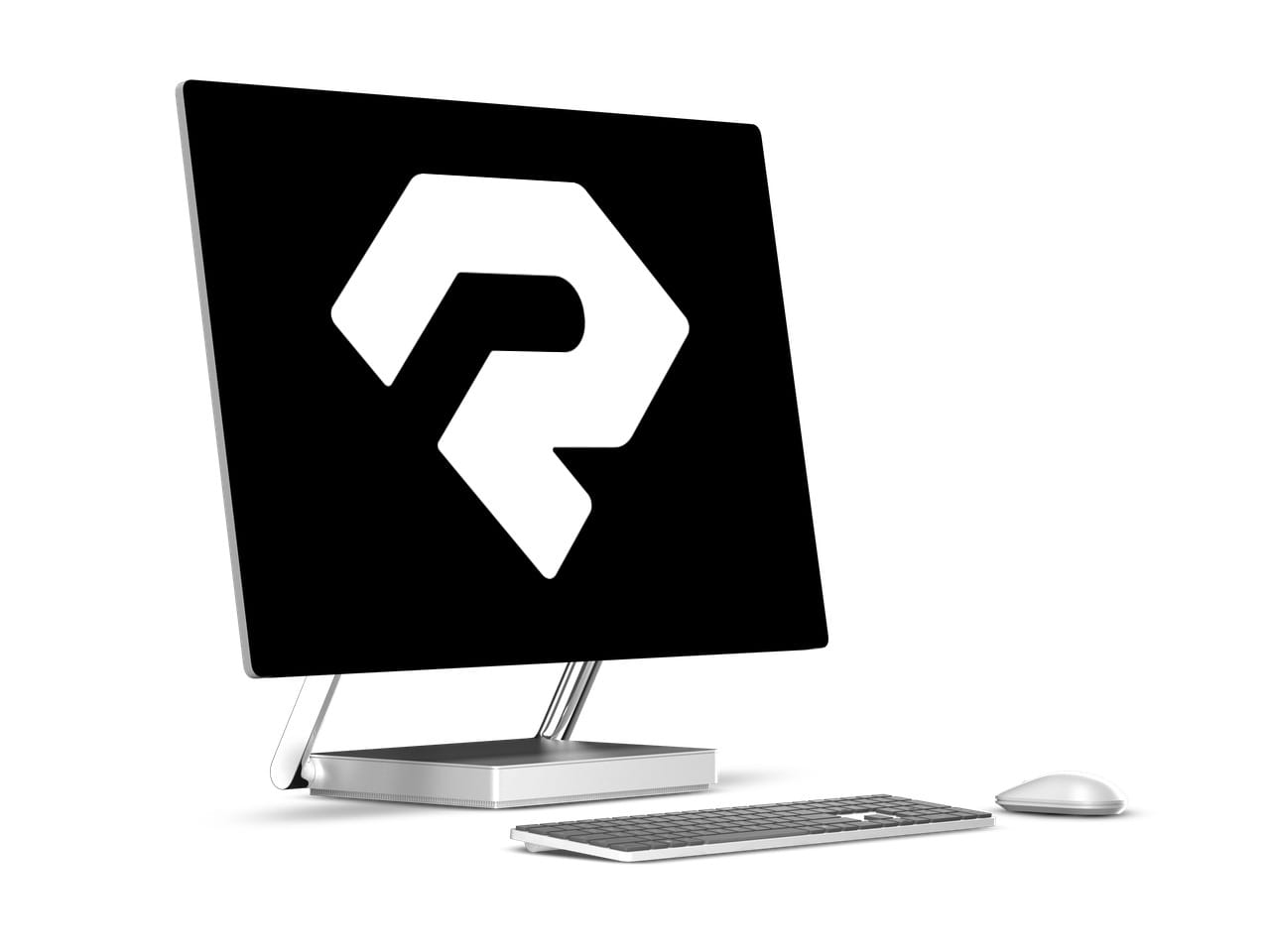
RadSystems Studio
RadSystems offers fully functional 30 days try-before-you-buy FREE trial of RadSystems Studio. No Credit Card required. No Payment details required. Simply download, install and start using.


